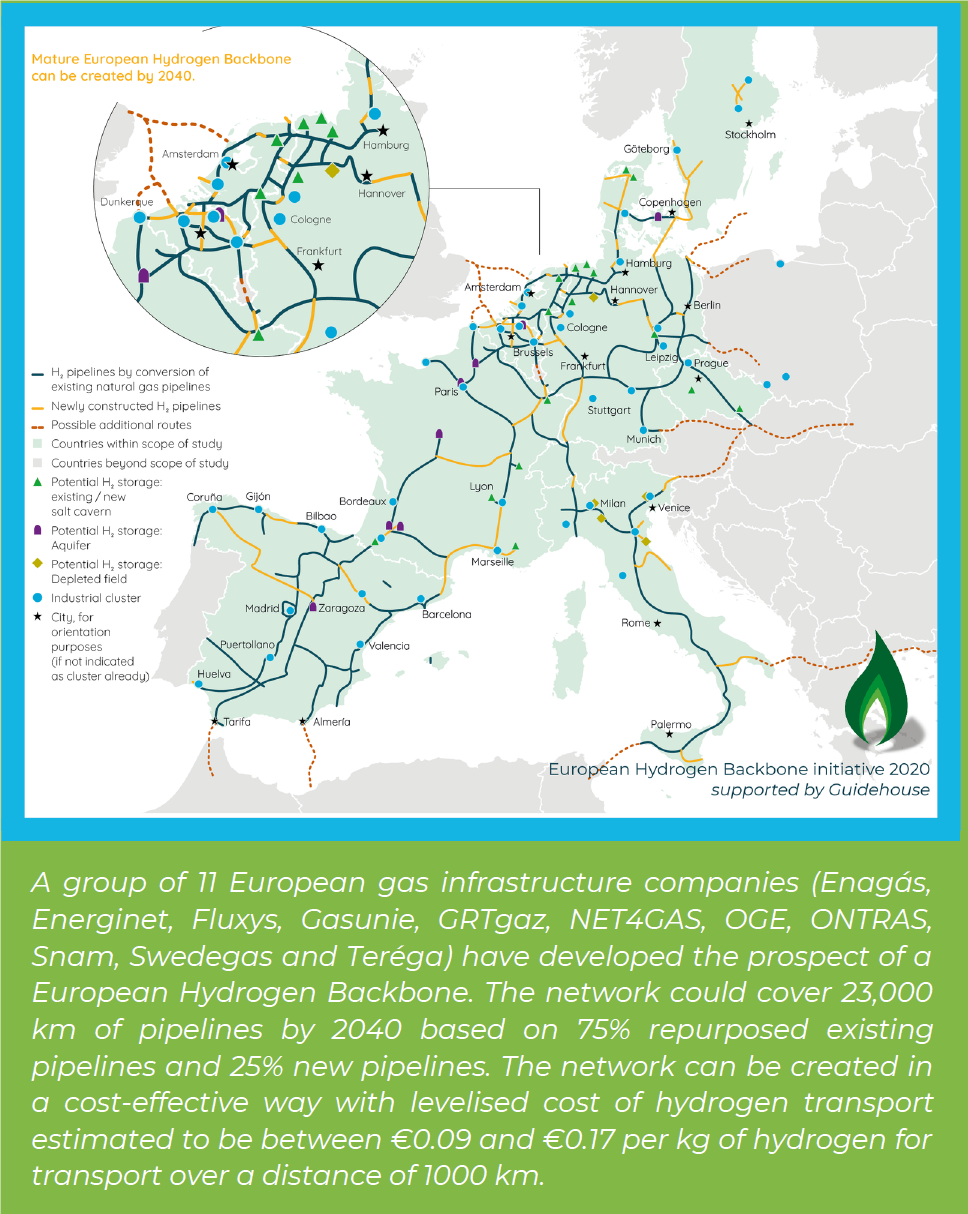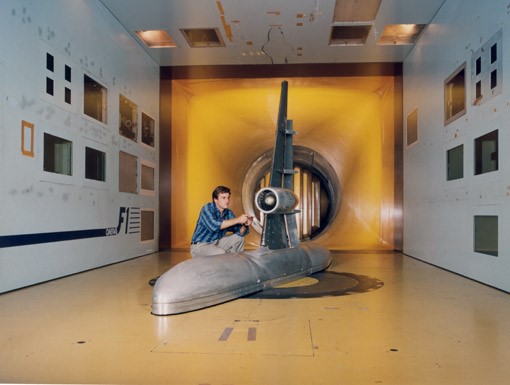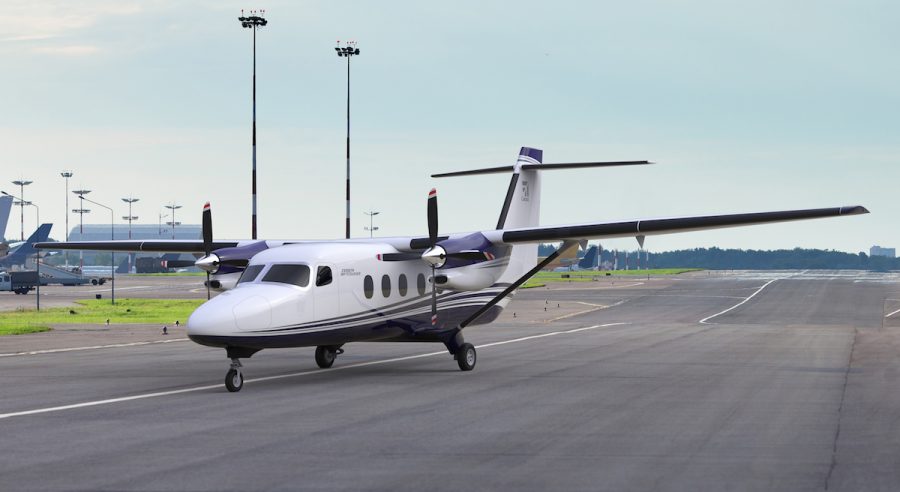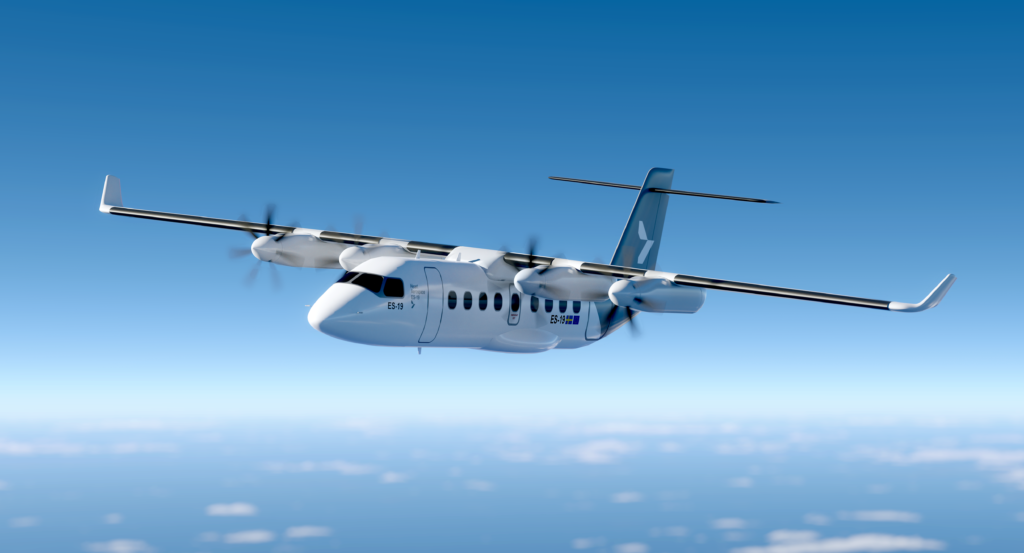Leeham News and Analysis
There's more to real news than a news release.
Sustainable Aero Lab disqualifies “Greenwash” investments
By Bjorn Fehrm
August 25, 2021, ©. Leeham News: Times change and the use of words with it. Today, the hundreds of UAM Air Taxi projects talk about how “environmentally friendly” this mode of transportation is, and Boom’s Overture is “the most Sustainable supersonic airliner.” The aerospace media recently focused on how we now have “Space Travel for everyone (in possession of the necessary pocket change).”
The head of Sustainable Aero Lab, Stephan Uhrenbacher, disqualifies these investments in a study on where to invest in fixing air transport’s pressing problems: “The startups receiving the most attention in aerospace recently have been doing space travel and urban air taxis. While these products make for exiting flying objects and satisfy human desire, neither air taxis nor putting more people in space address the problem facing commercial aviation: Flying needs to become carbon-free. And this needs to happen much faster than most people in the industry believe. It opens room for startups to provide components for future aircraft or even entire planes, but also new modes of operation.”
Bjorn’s Corner: The challenges of airliner development. Part 17. Detailed design
August 20, 2021, ©. Leeham News: Last week, we went through our second Design Refinement and how our Processes and Tools must be mature because the next step in the Post Launch phase is Detailed Design.
If the previous phases were about research and inspirational design work, where we measured, collated, and documented the overall design data for the aircraft, Detail Design is about a massive amount of work packages and execution.
Bjorn’s Corner: The challenges of airliner development. Part 16. Post Launch.
August 13, 2021, ©. Leeham News: Last week, we went through the Certification Application, one of the most important milestones in the Pre-Launch phase.
Now we assume we got a Product Launch approval from our board/Investors. We start looking at the work packages that meet us in the Post Launch phase.
Bjorn’s Corner: The challenges of airliner development. Part 14. The ATO.
July 30, 2021, ©. Leeham News: Last week, we went through the later tasks in the Prelaunch Phase. We talked about Concept refinement, Supplier selection, and Certification work.
Now we dig deeper into the important Authorization To Offer (ATO) milestone. This is where the project starts to promise stuff to customers and others, and it can be both good and bad.
Bjorn’s Corner: The challenges of airliner development. Part 13. Later in the Prelaunch Phase
July 23, 2021, ©. Leeham News: Last week, we went through the initial tasks in the Prelaunch Phase. We talked about Sales and Marketing activities, initial Concept development, and first Supplier contacts.
Now that time has passed, we are three quarters into our Program Plan (Figure 2), and we have to refine our Concept, select Suppliers, and dig deep into how to get Certification.
De-carbonisation of air transport is ON
By Bjorn Fehrm
July 20, 2021, © Leeham News: Last week was a game-changing week for air transport. Three events synchronized to trigger it.
EU presented 13 policies to achieve net-zero greenhouse gas emissions by 2050 with concrete steps in-between. On the same day, the airframe and engine OEM’s CTOs said in a Farnborough Connect webcast: “It’s a commitment problem, not a technical problem to achieve the EU goals.”
This happened against a backdrop of European floodings, which made all discussions about climate change or not moot. Super-organized Germany lost over 100 persons to typhoon like rains, never seen before, that produced scenes like these: https://twitter.com/Aviation_Intel/status/1416215953080205321?s=20
Bjorn’s Corner: The challenges of airliner development. Part 12. The Prelaunch Phase.
July 16, 2021, ©. Leeham News: Last week, we showed the first cut of an overall Program Plan for our 19 seat airliner project.
Now we discuss the Prelaunch Phase activities in more detail, including what type of knowledge, tools and resources we need to get on board for the project.
Bjorn’s Corner: The challenges of airliner development. Part 11. The Program Plan.
July 9, 2021, ©. Leeham News: Now that we have done the basic market research we should scope the program. To do this we need to understand what aircraft we will develop and to what certification rules.
Our market research tells us to develop a 19 seat aircraft that can operate as a passenger and/or cargo aircraft outside the US and as cargo aircraft in the US. This enables us to certify it to FAA Part 23 and the equivalent rules of other National Aviation Authorities where we want to sell the aircraft.
The true cost of Electric Aircraft. Part 2.
Subscription Required
By Bjorn Fehrm
Introduction
July 8, 2021, © Leeham News: Last week, we looked at the cost of running an electric 19 seat airliner based on energy stored in batteries. We found the energy costs were lower than for the equivalent turboprop aircraft, but when we add the maintenance costs for the batteries, the operating costs were higher than today’s 19 seat commuter.
This was under the assumption that the battery aircraft had the same energy consumption as today’s aircraft. We now run this check. The result is eye-opening.
Summary
- Battery based aircraft weigh significantly more than jet fuel based ones. It increases their energy consumption.
- Last week’s findings were conditioned on the same energy consumption. This week’s analysis proofs this is not a valid assumption.
Bjorn’s Corner: The challenges of hydrogen. Part 33. Wrap-up: The Eco-system
April 16, 2021, ©. Leeham News: Last week, we wrapped up the operational part of sustainable air transport using hydrogen as an energy source.
Now we look at where we are with the all-important Eco-system. It has many moving parts and risks a chicken and egg stalemate. Figure 1. The prospective conversion of the European gas pipeline network to hydrogen. Source: EU.
Figure 1. The prospective conversion of the European gas pipeline network to hydrogen. Source: EU.










